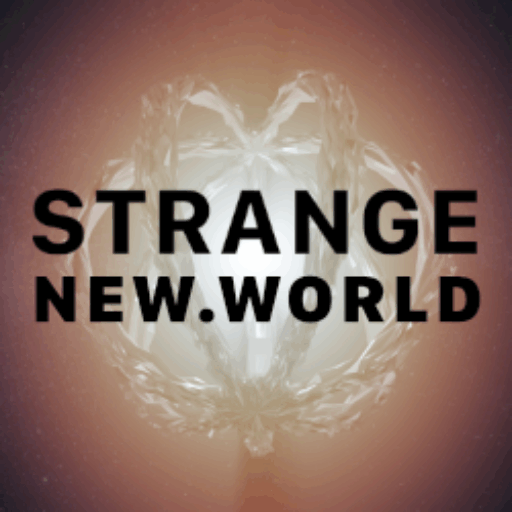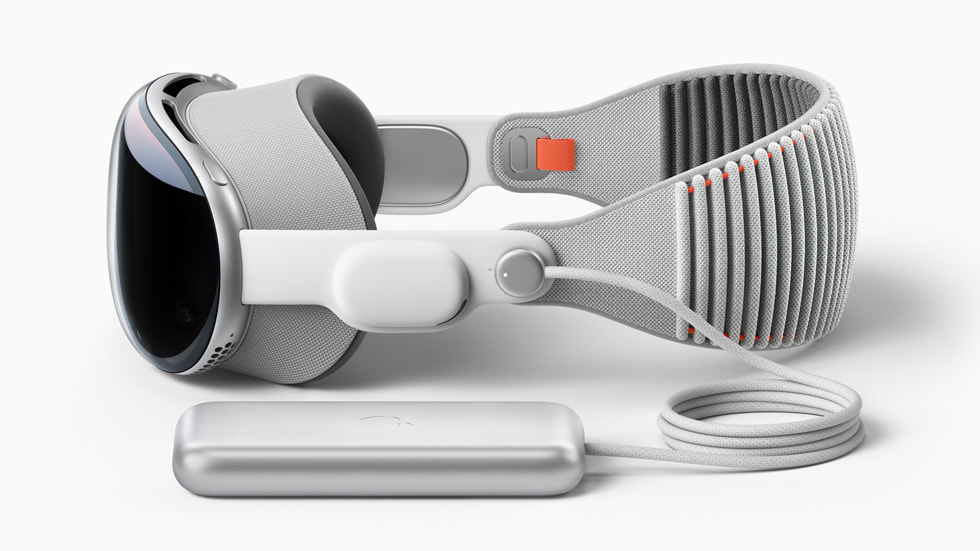I am what they call an “early adopter” (aka: huge nerd), it is most likely my dad’s influence. He was an electrical engineer in aerospace and we had some of the first personal computers in our home, and when he gave me his hand-me-down Palm V (image below) that he got from work, I became so obsessed with that thing that I insisted on carrying it around with me everywhere in a belt holster as all the “cool” teenagers were doing. ???? Then as a young adult I remember saving up money for weeks to preorder a Kyocera 7135 which also ran Palm’s operating system and was one of the first true smartphones.
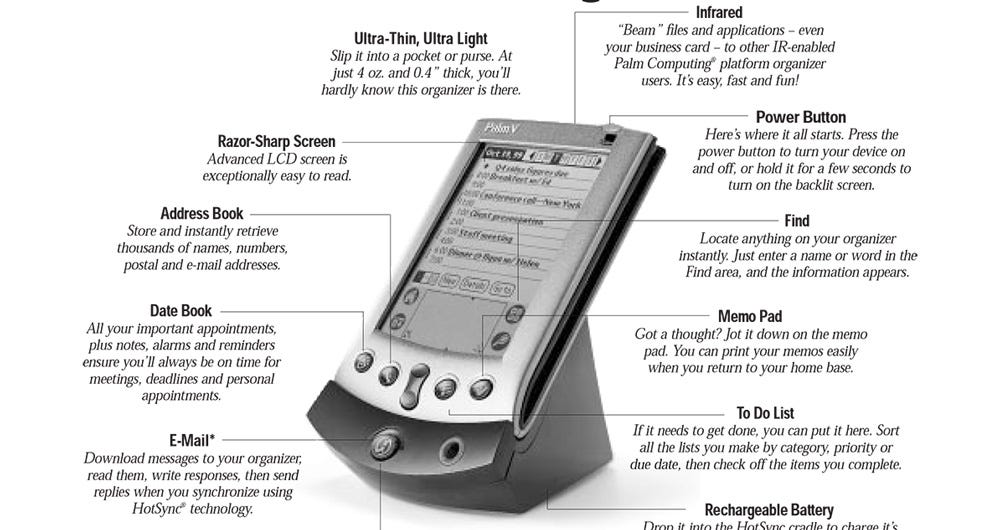
The Rise of the Smartphone
When the iPhone came out I stood in line for hours to be one of the first to get it. Back in 2007 it was actually a little weird to be a smartphone fanboy because the entire industry had not really taken off yet. Phones were dumb and the internet was still a bit nerdy. A few years later waiting in line for an iPhone was the hottest ‘first world problem’ sweeping the nation and suddenly I was Mr. Popular and was finally accepted by my peers. Not really, but I did very much feel like I was part of this new wave. I was so infatuated with keeping up with the iPhone’s ever expanding features which seem to be growing by the day with the release of the official App Store, I would get home from work and immediately open up iTunes and spend hours looking through all the apps that were released that day, it was quite the hobby.
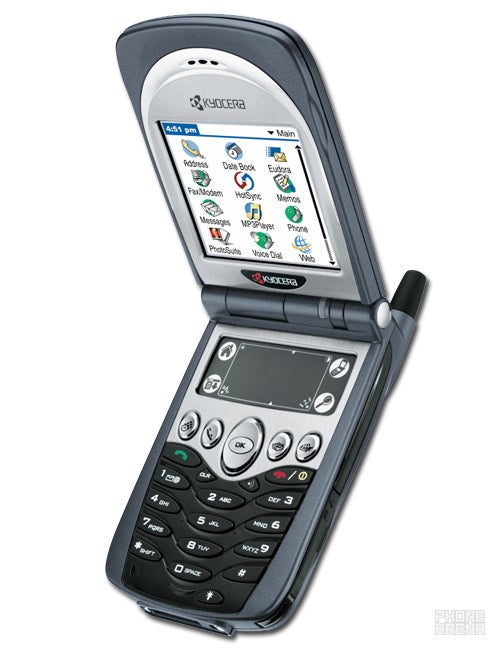
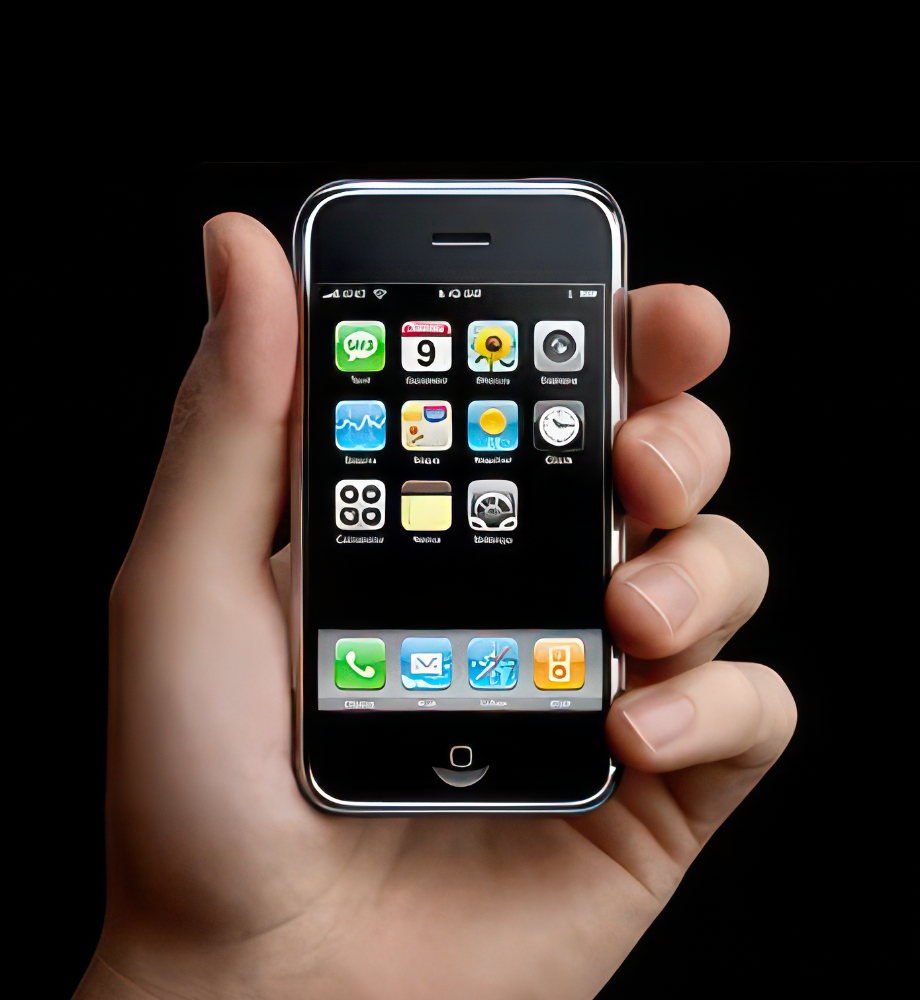
It felt so much like magic back then, smartphones and internet adoption was spreading like wildfire and there was an entirely new type of culture emerging from its ashes. As the smartphone industry matured, they became the hubs of our digital lives. The phones really delivered on this ‘convergence device’ concept. The cameras got better, the screens got bigger, apps took off, and the web went “responsive” so it would look better on smaller screens. One could actually get shit done without being tied to a desktop, which also enabled the proliferation of social media, the cloud, and the gig economy. For better or worse, we finally got pocket sized truly personal computers that actually worked… and we all fell in love with our smartphones and lived happily ever after, well sort of. ????
As the smart phones matured it seemed like the entire tech industry went through a period of stagnation. All the phones started looking and acting the same, every new app idea was just another VC backed “Uber for housecleaning” or pet grooming. Maybe society needed time to rest, time to culturally adjust, because it took almost an entire decade before wearable devices, voice assistants, and other alternative form factors started emerging again. And now with new platforms like spatial computing, weird hardware-based AI products like the Humane Pin and Rabbit’s R1, or smartphone re-conceptualizations like the Nothing Phone, we are in an almost Cambrian explosion of techno-funkiness. Seems like everyone is trying to reboot everything all at once, including the internet itself. As you can imagine, this is all pretty exciting for a techie like myself.
Apple Vision Pro and Spatial Computing
When I got the Apple Vision Pro the day it came out, it very much gave me that feeling of magic again. In fact it still gives me that feeling even several months later when a new app or immersive video comes out or I do a demo for a friend and I can see their eyes light up in amazement. Ok, technically I’m looking at a virtual simulation of their eyes mapped onto the outside of the headset, but I can still see the amazement and it still gives me the feels, despite the whole techno-dystopian vibes thing. And although there are a lack of native apps and media experiences for this new platform, I feel that it has enough potential to be an entirely new class of computer, although they would have to make it lighter and get the price down to about half as much before it would even appeal to mainstream consumers, which I’m sure they are working toward.
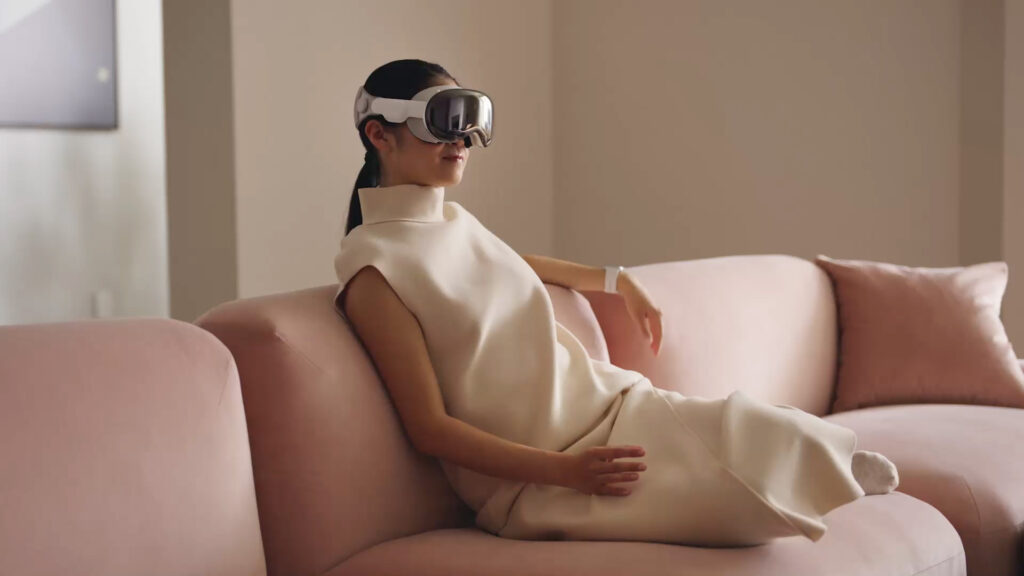
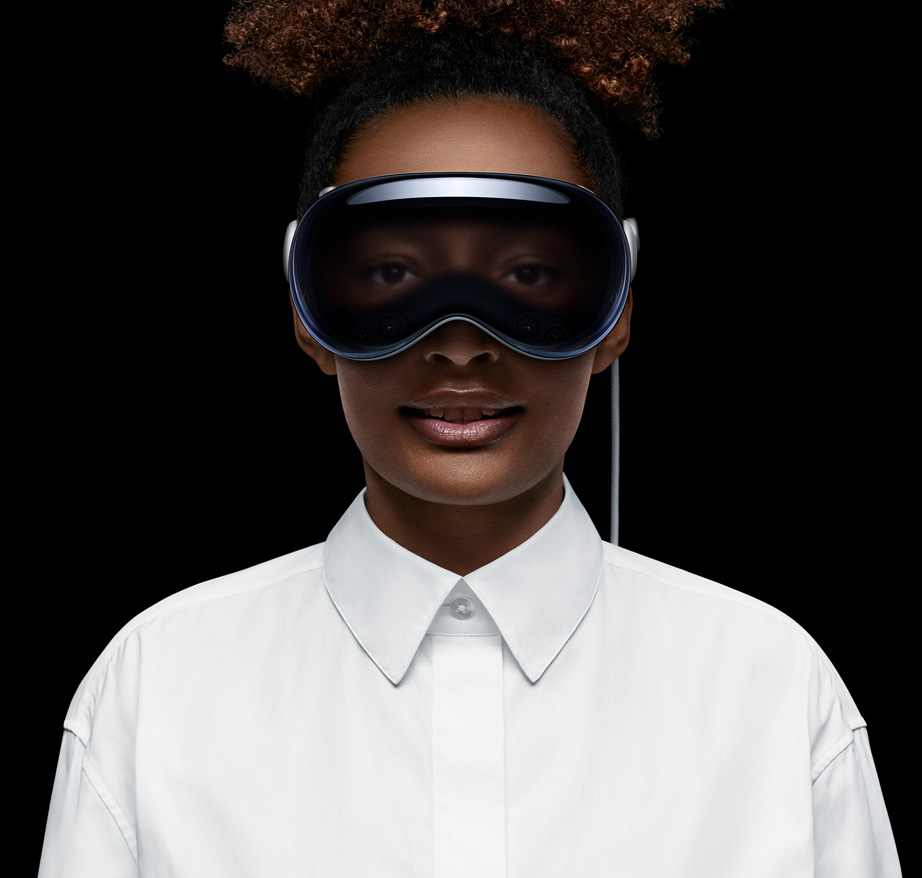
No this first draft IS for the early adopters, self proclaimed ambassadors from the future, we live for this sort of thing. It does already have a fair amount of practical uses in todays world. I can have a “theater quality” experience in the comfort of my own home, laying in bed chillaxing looking up at a massive screen on my ceiling. 3D movies look fantastic, if you are into that sort of thing. And for the first time I could actually imagine using a headset for work because I can read text without eye fatigue and you can basically have a “lean in” experience while being in whichever position you want. The first day I got it I was helping a client out remotely with an iPhone issue and I was able to share his screen, blow it up to being effectively 6 feet tall and then I just leaned back on the office chair while I walked him through his problem, it was just as effective as what I can do with a desktop computer except I can spread as many virtual screens around me as I can tolerate, wherever I happen to be.
Who said we have to slave away in front of a desk, or make do with a smaller screen just because we are away from the office? I know I know, it sounds like I’m doing a lot of laying around and leaning back with a dystopic number of screens floating all around me, but for the record I do also try to have balance in life, stretch and go on walks… because my job does keep me in front of at least one screen all the live long day, at least with the Vision Pro I can keep switching my position without having to keep changing my setup… or even be in my office.

If I could just get past the fact that I look like the 3rd member of Daft Punk, I might even use it in public or at an office outside of my own home, where I’m mostly shielded from judgement. Although, it WILL be a while before these things look normal in the wild, but staring at your phone all the time sure did get normalized, and that even seems ridiculous to me now, even in this day and age.
What will also take some getting used to are the digital personas, this is where the Vision Pro does a 3D scan of your face and then animates that face with the movements of the person wearing the headset. This feature (currently still in beta) somehow is both appealing and off-putting at the same time. It sort of gives people the creeps because it is very “uncanny valley” looking but when you are talking persona to persona (i.e. someone else wearing a Vision Pro), it actually makes you feel like you are in the same room, and despite appearing as a creepy floating decapitated head with hands, it is a surprisingly compelling way to do telepresence. I can pull up a webpage or whatever, share it with my fellow Vision Pro user and when I point to some image on the screen he sees me actually pointing to that image, and then when I look back at his face, I can see by his virtual facial expressions that he is thinking the same thing as I am, that in a very new way we ARE in the same place even if we are hundreds of miles apart. This experience is just next-level enough that I could see it becoming a compelling way to do telepresence, despite how strange it all seems.

The Vision Pro “Killer App”
I keep getting asked questions like “yeah, yeah… but what is the killer app for the Vision Pro” and I don’t think there is one out yet. I feel like the developers were waiting till they got their hands on the hardware, to see if it was actually good enough to develop a next-gen immersive experience on, and I do hope they embrace this device despite its current shortcomings. It truly feels like magic in so many ways, but I feel that magic could wear off if developers don’t actually embrace it enough to build something truly amazing on this new platform.
I imagine the killer app will end up being something that is only possible with the new capabilities that these headsets allow for. Playing VR games, doing work and having entertainment experiences are compelling but there are other ways to accomplish these things without dropping 4K on a fancy iPad you strap to your face. The Vision Pro is a little bit more forward thinking than that, its creators imagine a world a few years from now where people unironically wear headsets while walking around the office or sitting in a coffeeshop. Where this persona telepresence thing gets normalized enough to where people won’t be distracted on a Zoom because you are some floating head in a virtual office.
In fact, call me strange but my personal “killer app” would be the ability to map my face to some fictional character and then take part in some virtual play… or meetup with other crazy looking characters is some futuristic virtual club where you can only get in if you have a headset capable of mapping your face to some photorealistic looking panda… which is basically what the persona technology can already allow for.

Spatial Computing – AR / VR and Beyond
Ultimately the goal of spatial computing is two fold, the first being what is commonly referred to as augmented reality (AR). I think the best example of AR that is currently in the vision pro is the way it tracks the Magic Keyboard’s location and augments its functionality by putting up autocomplete suggestions (similar to the iPhone keyboard) that I can reach out and tap to use (see image below). I can imagine Apple adding a similar feature with the Apple Watch (which also has the U1 chip) where they could overlay a larger virtual screen on the watch face so you could more easily see and interact with it while wearing the headset.
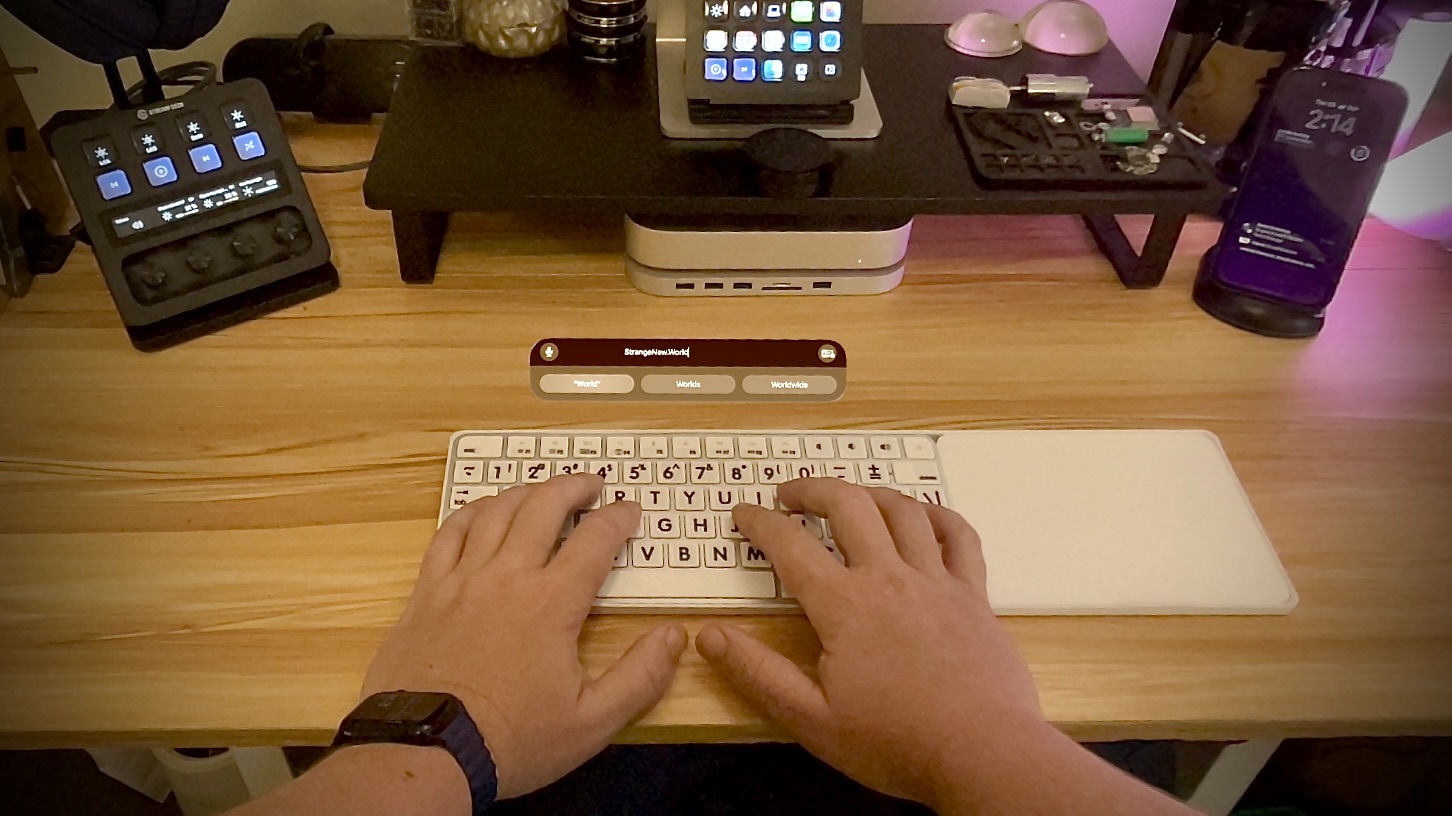
The other part has to do with transporting our consciousnesses into another location where we could not (or would not) normally go, or into fantastical immersive worlds that don’t even exist. This is closer to existing VR technology but Apple’s vision of virtual reality is one where THAT reality can also experience YOU in the sense that the headset is digitizing your facial expressions hand movements and projecting them into the virtual world. I think where Apple did really innovate with this headset was in fully fleshing out this idea that your expressions are a more important “interface” than other companies realized, tracking our eye and facial movements are as essential as tracking your hands and head, especially for interactive experiences and telepresence. The distinction seems subtle but it makes a world of difference in what experiences are possible, think passively watching some 3D TV vs stepping into a portal that takes you to another world where you can meet magical creatures.
We are immersing ourselves so deeply in the digital age that we are blurring the lines between where our online lives end and where our real ones begin. We have squeezed ourselves into these tiny screened smartphones and now we are kind of digitizing ourselves (like Tron) and going in to live inside of our smart devices where are apps can be 6 feet tall and all around us. Have we gone too far? Do we really need to be even more immersed in this virtual realm. Will we potentially further isolate ourselves, or will it bring us closer together by effective putting people in the same room even if they are miles apart. It is debatable and I’m not even totally sure how I feel about it myself, but I will keep forging into the virtual unknown, and obviously have some fun in my explorations. ????
Hopes for the Future
We have been jokingly calling it the FacePad Pro because of how it is currently being restricted, and I know it has been said a dozen times before, but I really hope Apple doesn’t limit this device as they have with the iPad. Everything is running on the same hardware and software stack now, why not just let it run MacOS apps directly on the Vision Pro… I don’t care if it creates a bit of UI funkiness, save the consumer polish for when the platform has had some time to mature. The idea of having the power of a full fledged desktop where ever I am, with as many “monitors” as I want, would be a very compelling use case indeed. Also, please let us better share this new fancy toy, with our friends and families. If the Vision Pro allowed for multiple user accounts, maybe people wouldn’t think it was so expensive because at least others could share in the fun. Really I just would like Apple to make this more than a consumption device, and give this exciting new platform as much freedom as it needs to organically grow into its own potential.
